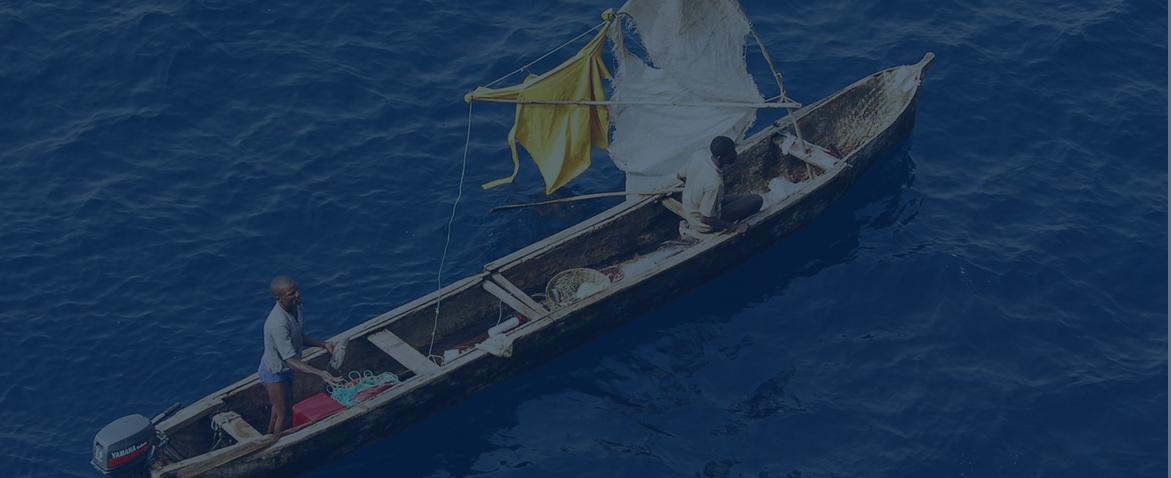Natural disasters like the super Typhoon Haiyan in the Philippines remind us of the elements’ strength and how much we are at the mercy of Mother Nature’s moods. There is no questioning that such incidents burden a region’s communities, environment, and economy. Because climate changes are increasingly affecting the occurrence and power of such events, there is an increased need for disaster preparedness and partnerships between communities, governments, organizations, and corporations.
Dealing with the chaos
When a natural disaster occurs, the following weeks are an ordeal for the victims. In addition to the fatalities and numerous injuries, people must deal with hunger, search for loved ones, struggle to find water, cope with material losses, etc. After a few months, the communities will have been able to improve their living conditions, but considering that developing countries’ financial incomes depend greatly on farming and harvesting, damage to rice fields and land, ruined equipment, or missing cattle make economic recovery difficult.
Should corporations help communities?
Large infrastructure projects—like mining, and oil and gas projects, for instance—currently take place in many developing countries, and most of these projects are owned by worldwide corporations. When a natural disaster occurs in these regions, companies are often placed in a position of first respondent. What should be the role of corporations in these situations? If the general public’s perception is that a company did too little to alleviate the suffering, this could generate resentment and communities could become less receptive to the project in the future. On the other hand, if a company intervenes strongly but fails to properly coordinate with local emergency authorities, communication and logistical problems could result, undermining long-term relationships with some stakeholders.
To avoid these situations, it is key that companies help stakeholders to prepare for emergencies. Natural disasters are unpredictable, but emergency plans help reduce uncertainty. Most major companies operating in developing countries have plans to evacuate their employees and protect infrastructures. However, they don’t always take into account the communities’ needs in their planning, such as providing food or emergency shelters to support the victims. A company’s engaging with stakeholders can greatly contribute to emergency preparedness by also identifying the key actors and facilitators in the communities, as well as vulnerabilities in case of disasters.
Building relationships
If companies become involved with host communities before any catastrophe takes place, if they build a strong and genuine relationship with them, making partnerships with local businesses, and therefore contributing to the local economy, then crises such as natural disasters will become easier to manage. Uncertainties will remain, but decisions could be easier to make. Even when facing public criticism, companies who have built strong community relationships are in a better position to find solutions: their good track record helps greatly in conflict resolution.
Here are some sources of additional information on this topic:
Public-Private Partnerships and Disaster Resilience: A report from an APEC workshop. A good reference on how to build partnerships that includes case studies and good practices.
Guiding Principles for Public-Private Collaboration for Humanitarian Action: A document prepared by the World Economic Forum and the United Nations Office for the Coordination of Humanitarian Affairs.
Also, engaging stakeholders from the outset of a project can help companies better assist communities and attend to their needs. More information on the Boréalis stakeholder management system.





